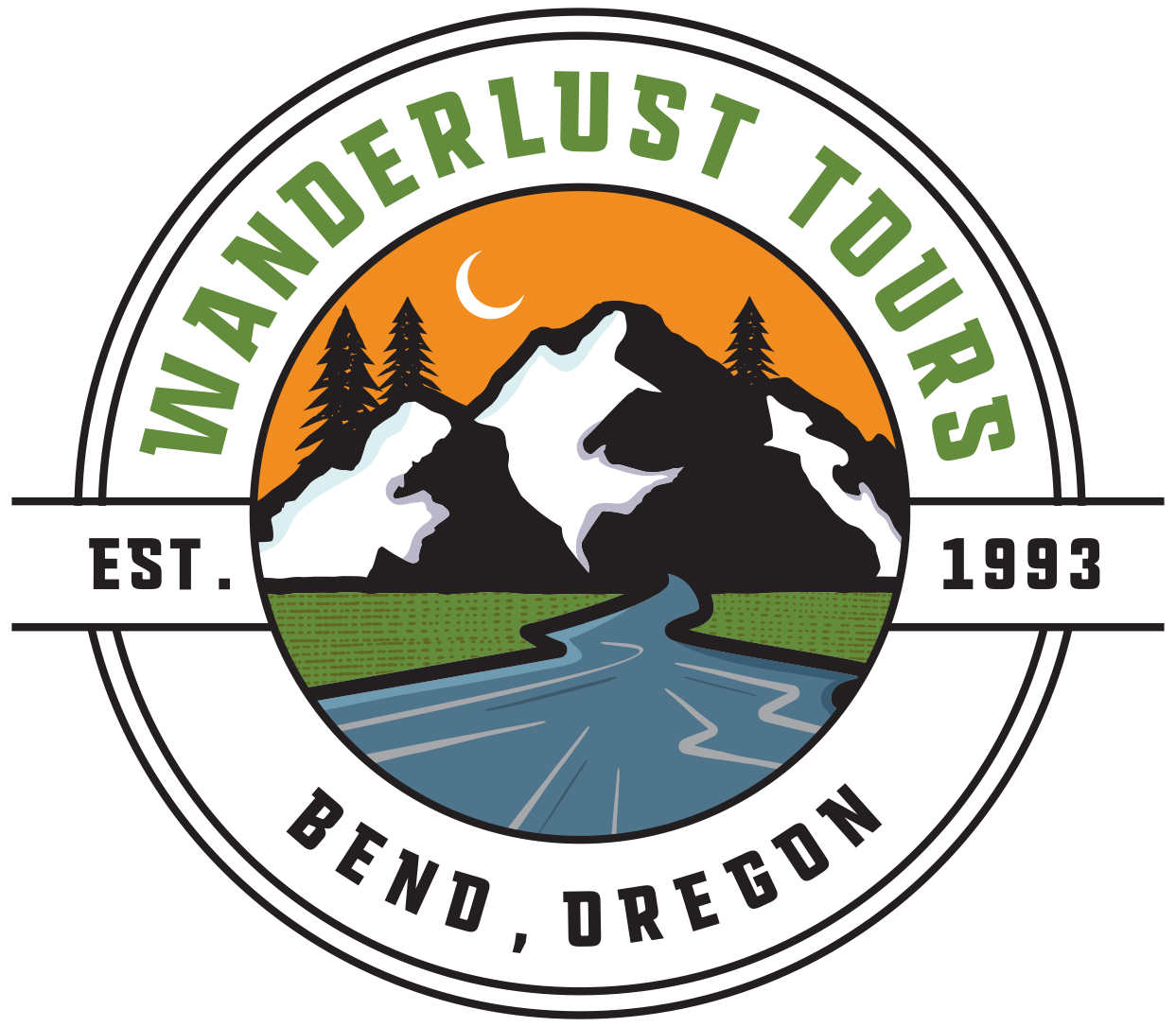An ecosystem where life thrives just below the surface
Underneath winter's white blanket of snow exists an ecosystem teeming with energy and life - the subnivean zone. Once winter arrives and snowfall covers the ground and the trees, we start to notice a stillness to the forest. But below the surface exists a world where animals can live and survive without being bothered by the harsh winter conditions that exist above ground.
Photo by Chaney Swiney
The subnivean zone quite literally means below snow; sub being the Latin translation for below and niveus meaning snow. When snow falls before the ground is completely frozen solid, the ground warms up the snow that sits directly on top of the it and ultimately creates water vapor. That water vapor rises and begins to form ice crystals on the lowest layer of snowpack and this layer of ice acts as a ceiling as more snow piles on top. The snow that falls on top of the subnivean zone creates insulation and keeps the internal temperature around 32 degrees, allowing both plants and animals to survive the harsh winter.
The subnivean zone is home to many small mammals such as rabbits, mice, voles, shrews, and lemmings. These mammals use the labyrinth of tunnels for traveling, sleeping, and storing food. This zone can even have direct routes to food sources such as seeds and grasses. The only visible part of the subnivean zone above ground is the hole they use to enter and exit this elusive world. These holes are not only essential for entrance and exit but also double as exhaust vents for carbon dioxide from animal respiration to escape. When out exploring and playing up in the mountains, you may see tracks from different critters zig-zagging from tree to tree. The mountain hemlock and subapline fir that cover the Cascade mountains are terrific gateways to the subnivean zone.
While some animals utilize the subnivean zone as a place of shelter and safety, predators use it as a hunting ground. Owls, foxes, coyotes, wolves, and the fearsome pine marten can hear the movements of the small animals under the snow and can plunge into the snow collapsing the tunnels, catching themselves a meal. (Think of the fox jumping into the snow head first, this is their intention).
Photo by Chaney Swiney
Photo by Chaney Swiney
Weasels, such as the pine marten, can take over some of the tunnels and chambers created by other animals to keep themselves warm and protected. Weasels have to hunt anywhere between 5-10 times daily since they use a lot of energy heating their long bodies, a small stomach, and a resting metabolic rate twice that of similar sized animals. Owls and overhead predators listen while perched on nearby branches, and then swoop in when the time is right.
Not only is the subnivean zone important for animal life, it is also essential for plant life as well. The zone and the layers of snow that fall on top protect potentially fragile ecosystems from being stepped on while many of us explore the outdoors in the winter time.
One of the best ways to experience and gain an understanding for the subnivean zone is by snowshoeing. It is a great way to explore off trail and access areas that are normally filled with small trees, shrubs, and wildflowers. You are almost certain to see animal tracks moving from tree well to tree well as animals enter the different tunnels and caverns of the subnivean world that is literally right below your feet!





